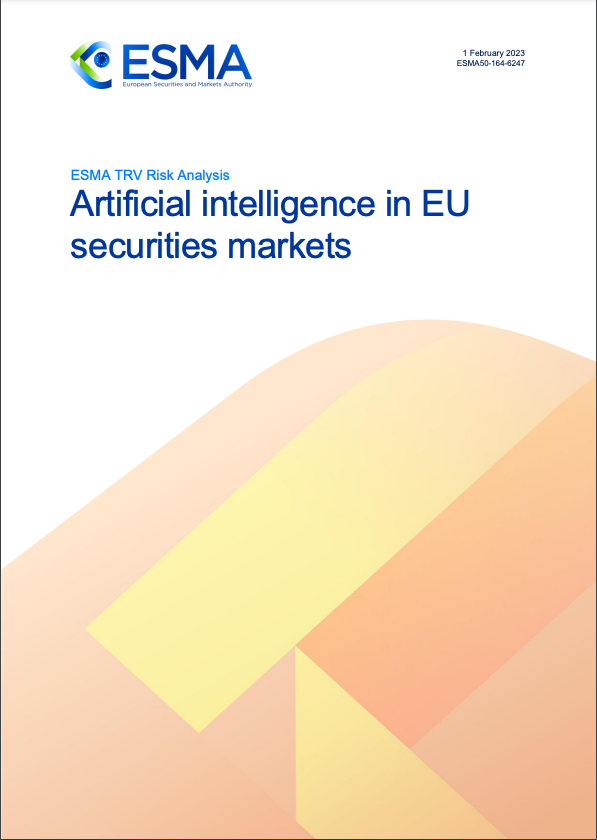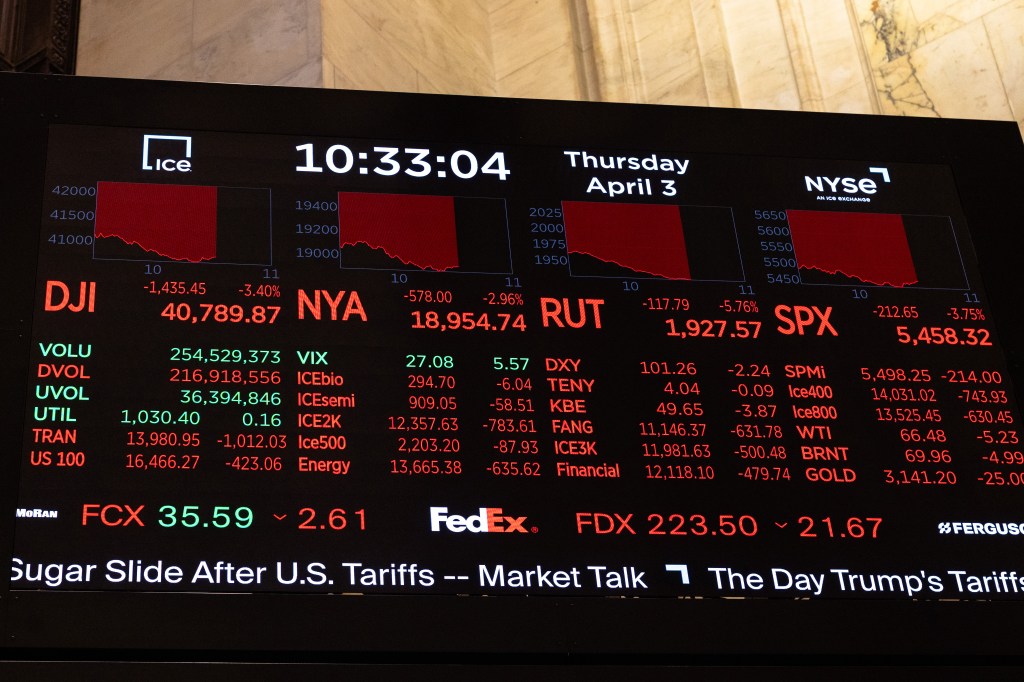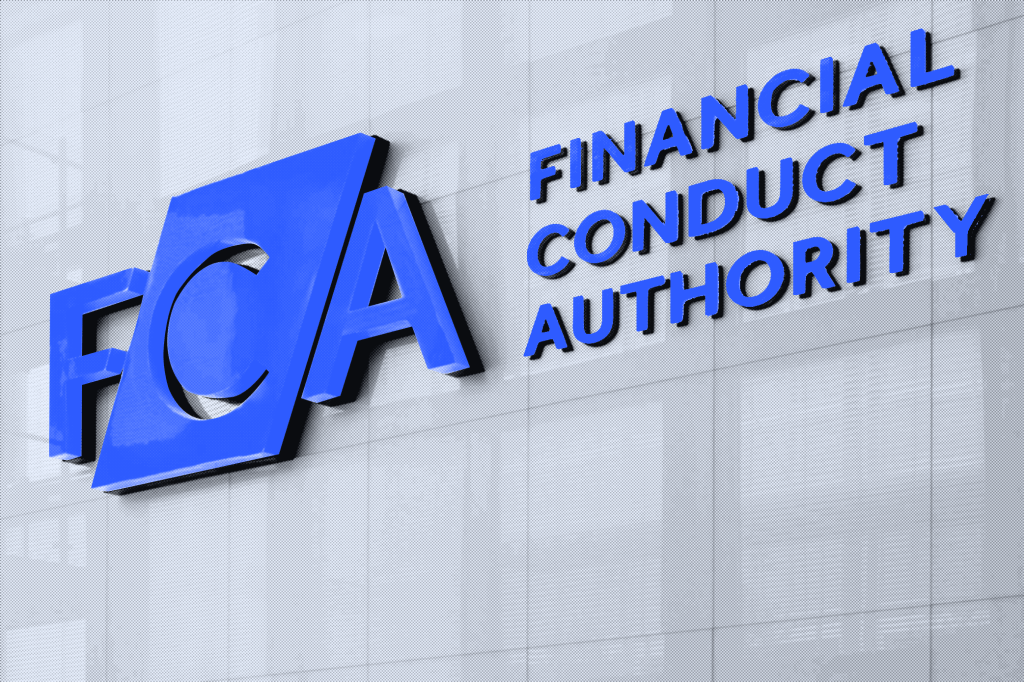Even if AI is bringing a lot of benefits across the securities markets in the EU, many firms are still holding back from implementing the technology, a new report from ESMA shows.
“AI has the potential to make critical business and decision-making processes significantly faster, more complex, and seemingly less transparent, all of which are central concerns of regulation and supervision”, the report says.
ESMA’s report highlights a growing use of AI through the financial markets. For asset management businesses, an increasing number of managers have leveraged AI in their investment strategies, risk management and compliance work. However, only a few of them have developed a fully AI-based investment process. Specialist hedge funds are said to use advanced AI strategies, where they bet on AI as a marketing proposition, the most.
A widespread use of AI comes with risks. In particular, increased uptake may lead to the concentration of systems and models among a few ‘big players’.
Trading bodies such as traders, brokers, and financial institutions said that they use AI models to optimize trade execution and post-trade processes, which reduces the market impact of large orders and minimizing settlement failures.
Other firms such as credit rating agencies, proxy advisory firms and other financial market participants are said to use AI tools mostly to enhance information sourcing and for data analysis.
Definitions of AI

European Commission (2021): “can generate outputs such as content, predictions, recommendations, or decisions influencing the environments they interact with” and which is developed with one of a number of techniques, including ML, logic and knowledge-based approaches, and statistical approaches.
European Council (2022): “is designed to operate with elements of autonomy” and “infers how to achieve a given set of objectives”.
International Organization of Securities Commissions (2021): “the science and engineering of making intelligent machines, or simply, the study of methods for making computers mimic human decisions to solve problems”.
Organisation for Economic Co-operation and Development (2021): “machine-based systems with varying levels of autonomy that can, for a given set of human-defined objectives, make predictions, recommendations or decisions”.
Backbone of risk processes
The report also showed that some hedge funds and asset managers are using AI to automate risk management and compliance processes. With AI, they can track the behaviour of individual portfolio managers, automate the execution of quality reports, and assess market liquidity risks. The technology is also used to send out early warnings when it predicts market volatility and financial crises.
Another popular development is natural language processing (NLP), which is becoming widespread in all sectors. With NLP, users can gain advantages from processing large amounts of text such as ESG policies, or conduct sentiment analysis.
As AI can support quick trading algorithms, another promising area of use is within pricing of securities lending transactions. The report shows an increasing use of AI by lenders to set “optimal securities lending prices” and to predict “which securities will transform into ‘hard-to-borrow’ (HTB) securities”.
Lack of regulation
Even if AI can bring a lot of technical benefits to the securities markets, many also fear the scale at which AI can be used, and the speed its systems can operate at. It’s also believed that the complexity of the underlying models may pose challenges to the users and to their supervisors. Even if the risks with AI are limited today, others may arise later if AI-based models become more successful in investment and trading.
“A widespread use of AI comes with risks. In particular, increased uptake may lead to the concentration of systems and models among a few ‘big players’”, the report says.
Use is also constrained by technological and knowledge barriers, especially among smaller asset managers. “In a sector where AI still lacks widespread acceptance, the perceived risks of black boxes and the challenge of explaining negative outcomes may deter certain investors,” the report observes.
AI has the potential to make critical business and decision-making processes significantly faster, more complex, and seemingly less transparent, all of which are central concerns of regulation and supervision.
Most regulators are in an early stage of developing AI-specific governance principles or guidance for financial firms. Many of the surveyed industries said that they welcomed the prospect of a clear framework for the use of AI, and believe it will help decrease the wariness that many still have towards implementing it.
Nonetheless, some regulatory framework has been introduced. In April 2021, the European Commission proposed a new European law on artificial intelligence – the AI Act.
Read ESMA’s Report on Trends, Risks and Vulnerabilities Risk Analysis here.













